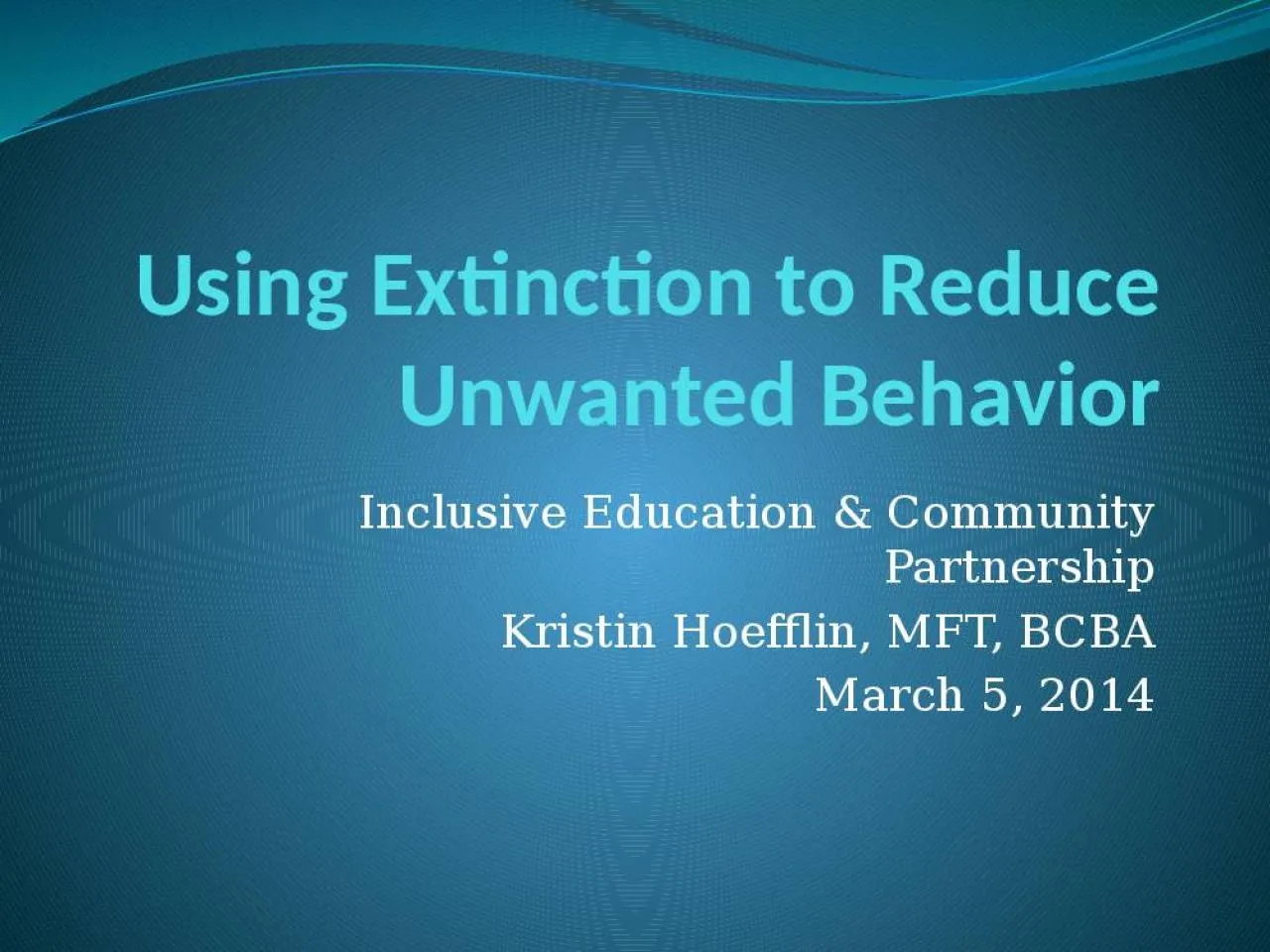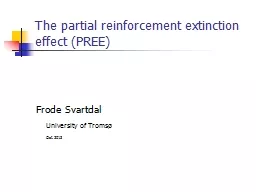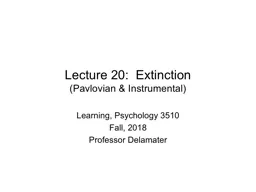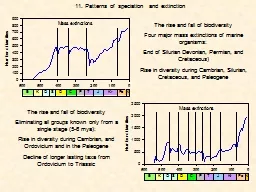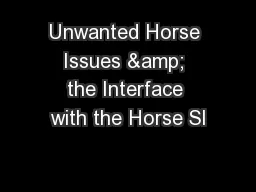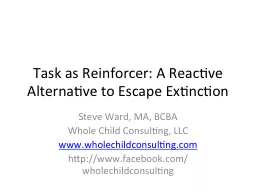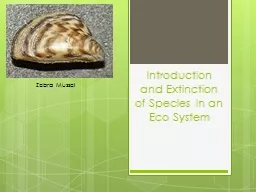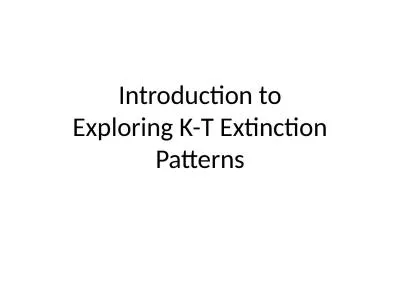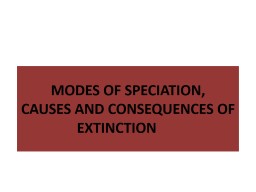PPT-Using Extinction to Reduce Unwanted Behavior
Author : elizabeth | Published Date : 2022-02-16
Inclusive Education amp Community Partnership Kristin Hoefflin MFT BCBA March 5 2014 Activity How are Behaviors Established Behaviors serve a purpose or function
Presentation Embed Code
Download Presentation
Download Presentation The PPT/PDF document "Using Extinction to Reduce Unwanted Beha..." is the property of its rightful owner. Permission is granted to download and print the materials on this website for personal, non-commercial use only, and to display it on your personal computer provided you do not modify the materials and that you retain all copyright notices contained in the materials. By downloading content from our website, you accept the terms of this agreement.
Using Extinction to Reduce Unwanted Behavior: Transcript
Download Rules Of Document
"Using Extinction to Reduce Unwanted Behavior"The content belongs to its owner. You may download and print it for personal use, without modification, and keep all copyright notices. By downloading, you agree to these terms.
Related Documents

